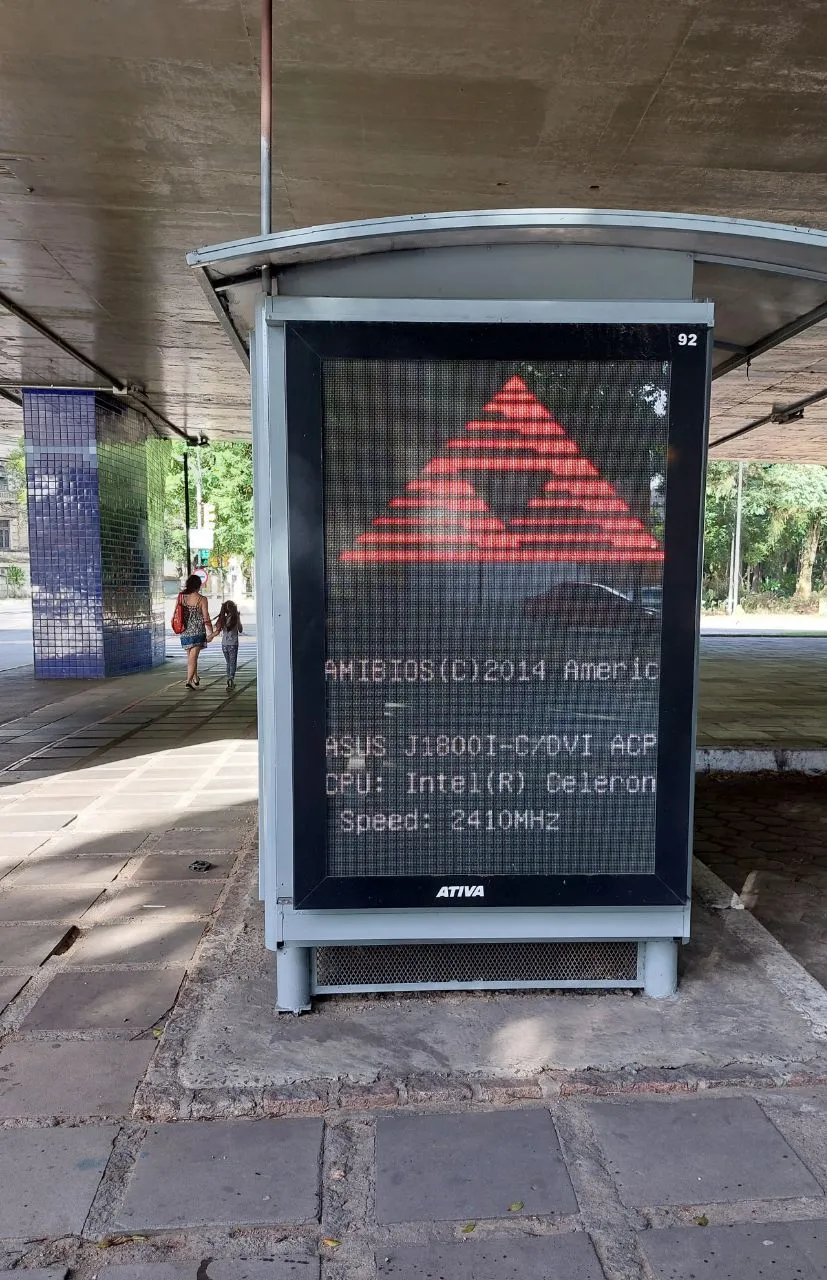I’m not sure I know what you mean by diagnosing, but it’s usually a good idea to use the same distro you’re having trouble with.
Diagnosing hardware issues, which doesn’t necessarily need the same distro.
True. And use chroot ;) then you can apt update, etc. If the problem is on the distro itself (e.g. not a failing hard drive)
Look no more, use this! https://www.system-rescue.org/System-tools/
Aaah glad they’re still kicking! This sends me way back…, a time when burning CDs was the thing
How did I not see this until now? I used this back in the day too! Thank you :)
Adding on to other suggestions, if you’re not aware of Ventoy it’s a very handy tool. Using it you can have a USB drive with several live images on it which you can choose at boot time. Great for quick testing, just drop an ISO in a folder!
Unfortunately I believe the usb has to be created from Windows…
What makes you think that? Their website has instructions for installation via a Linux box. https://www.ventoy.net/en/doc_start.html
I’d go with a live image of whatever distro you’re most familiar with. I usually go with the arch iso or endeavor os if I need a GUI.
Well arch is one psrticulair i would not keep on a USB. The issue comes when you need to use it after some months. And it is then very outdated
I’ve been using Knoppix for this purpose for like the last 2 decades.
Depends what you’re after, but I’ve always been partial to gparted live.
Me too but I might replace with https://www.system-rescue.org/System-tools/. Gparted live is really hard to customize and doesn’t run as root, makes no sense for a rescue tool. SystemRescue also seems to come with something similar to rEFInd to boot broken systems…
It’s not free but I highly recommend Parted Magic. I’ve been using it since at least 2015.
Seconded for that. Parted Magic is so nice that when they went paid, I ponied up immediately, which is saying something from my cheap ass.
I maintain my own Debian-based live image. It’s a general-purpose desktop, with a good amount of diagnostic/troubleshooting tools. It’s quite easy to build your own using different package lists or default configuration, etc.
https://www.slax.org/ It’s easy, is a full featured desktop, and has persistence on your USB stick.
Cheers, this looks perfect, and I like that it’s got a Debian build, it’s what I’m most familiar with.
I just use debian for my ventoy. But all you really need is a proper partition manager.
I’ve gotten good mileage out of just an Ubuntu live image. If the network is working you can install packages via apt like normal, but they include a lot of the basics already.
depends on what you are looking for. grml and kali are linux distros that focus on diagnosing.
Kali was built out as a penetration testing distro, though it does contain some diagnostic tools.
Not a bad place to start if you’re used to Debian, but it is a rolling release so it may break unexpectedly, or have new bugs introduced with each update.
A persistent USB with just Debian could have all the same tools installed but have a longer support scope on releases so you don’t have to update daily (bleeding edge) which is nice to reduce read/writes to the flash drive it’s on.
That being said, I keep a Kali live image (persistent) but thats becauae its home - my first introduction to Linux was 5 minutes with Red Hat, but aside from a brief intro in highschool, I really started with Linux in Backtrack, offensive security’s predecessor to Kali.
Yes, I have to learn things the hard way lol.
Console ArchLinux every time. Create a USB instance and then load up what you need.
You don’t need a GUI.
You don’t need a GUI.
Thanks for your opinion, but you don’t get to decide what I need. I wanted a simple distro that I was familiar with, so that I could teach it to someone with basic computer knowledge. Teaching how to use a terminal was outside the scope.

I only use ArchLinux for rescue. Fedora is my go-to.
What you mean is that you can’t cope without a gui. That’s different.













